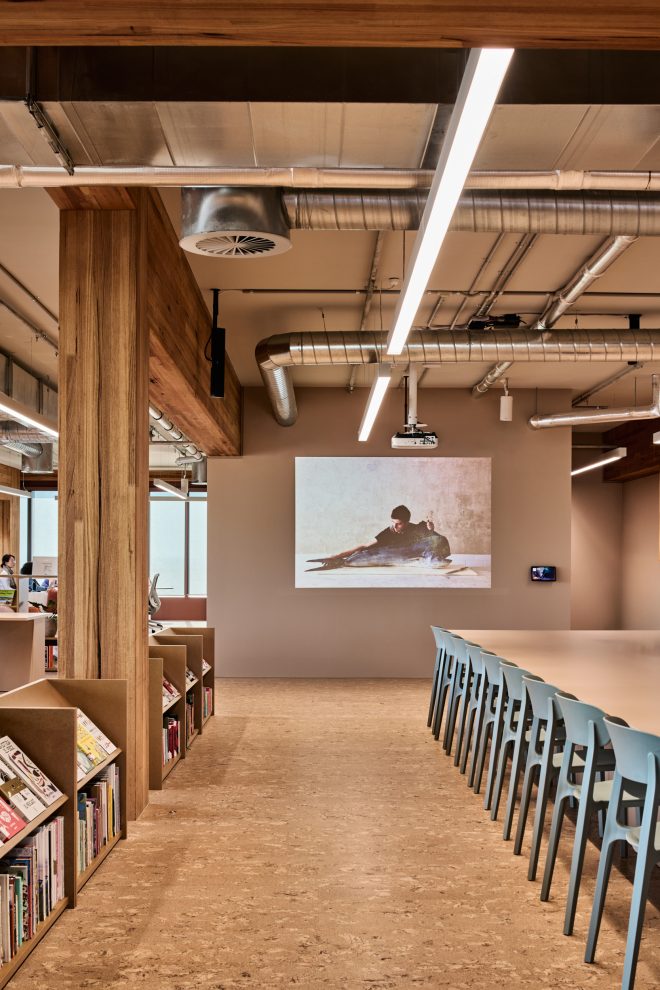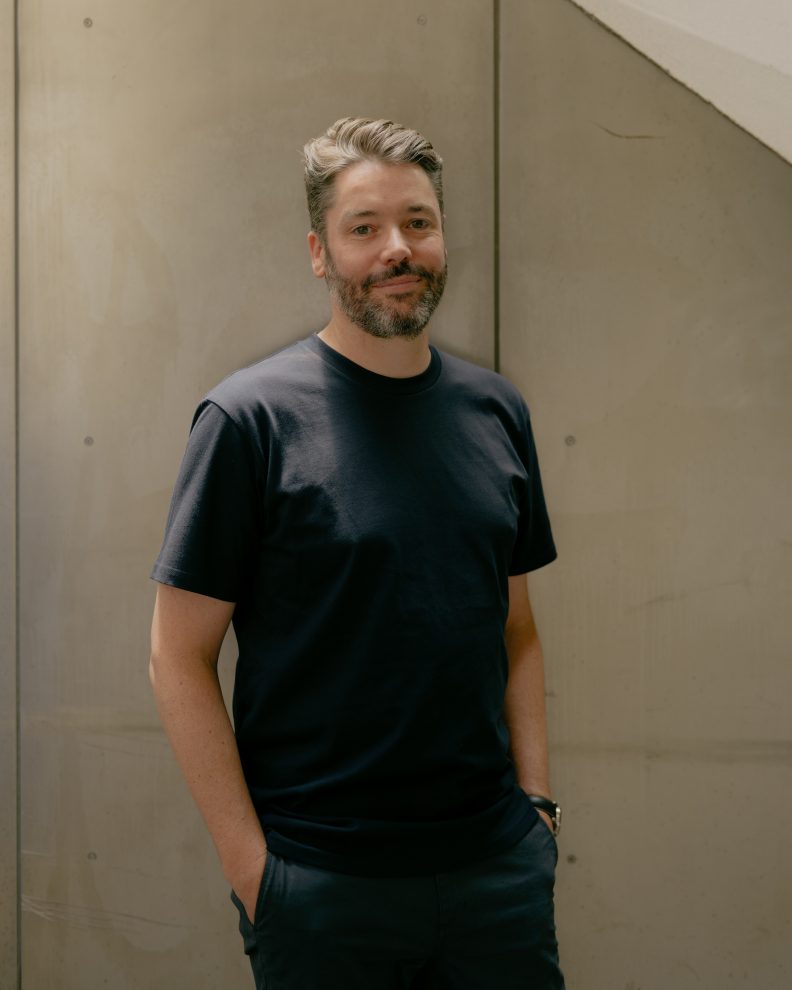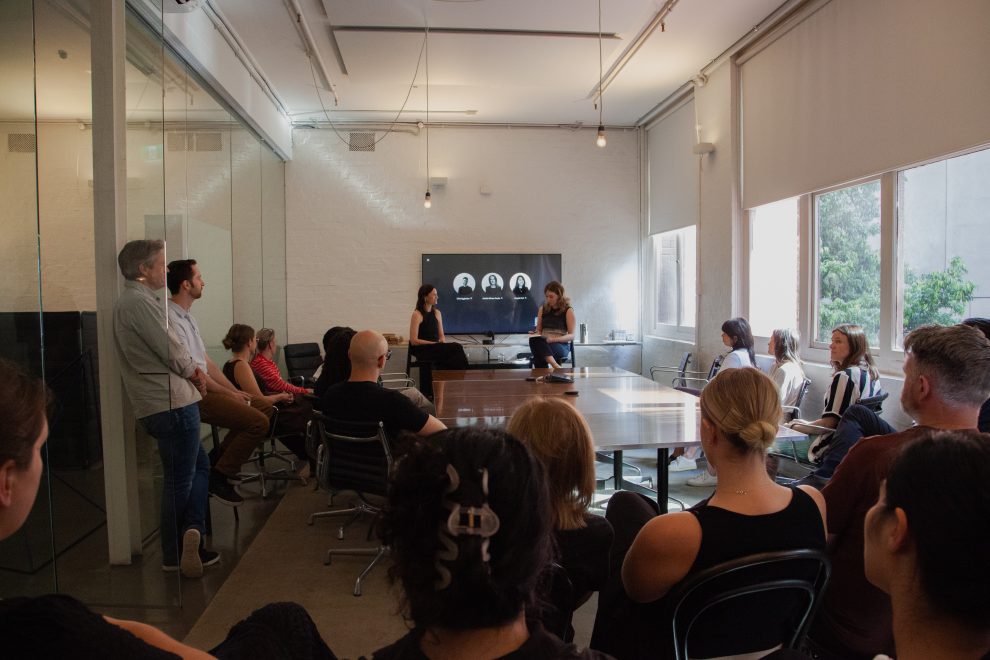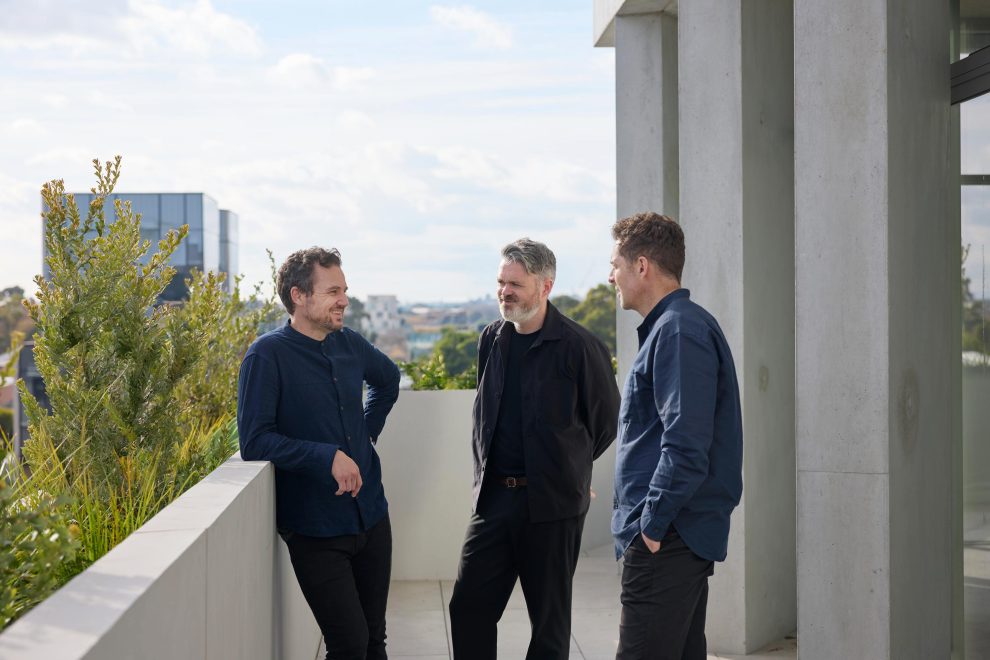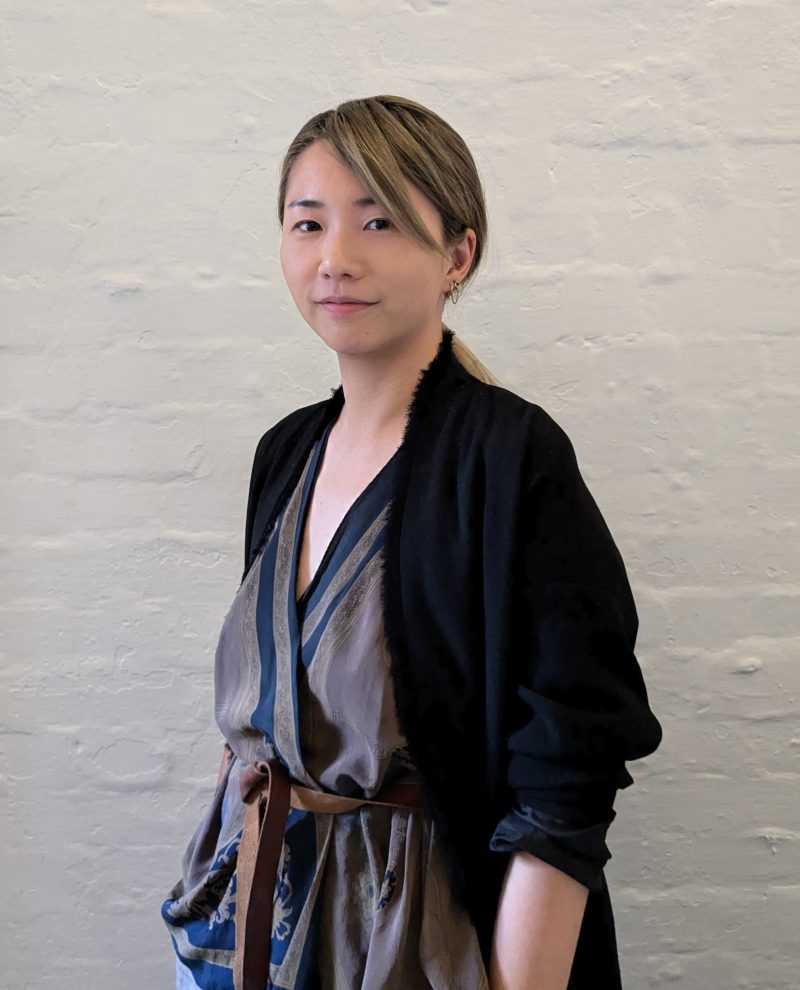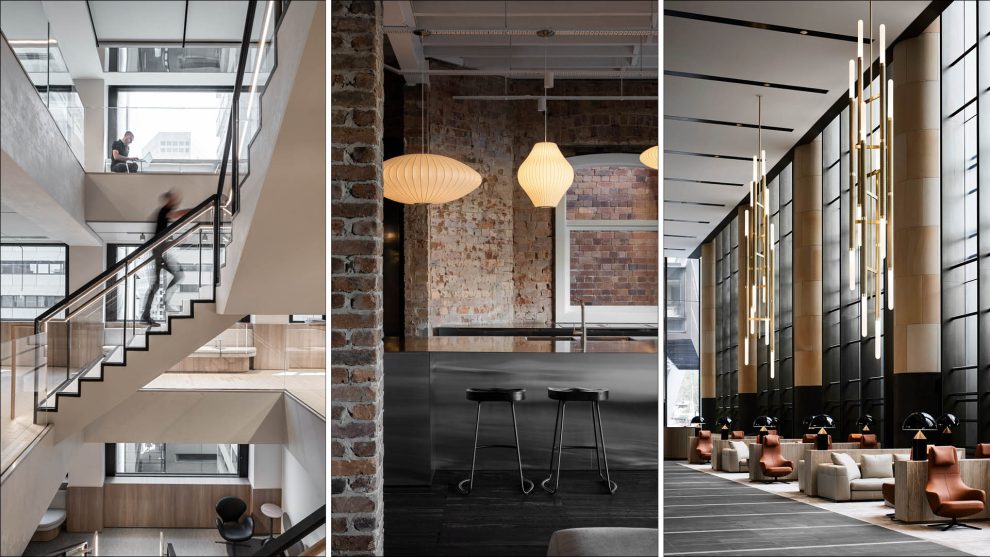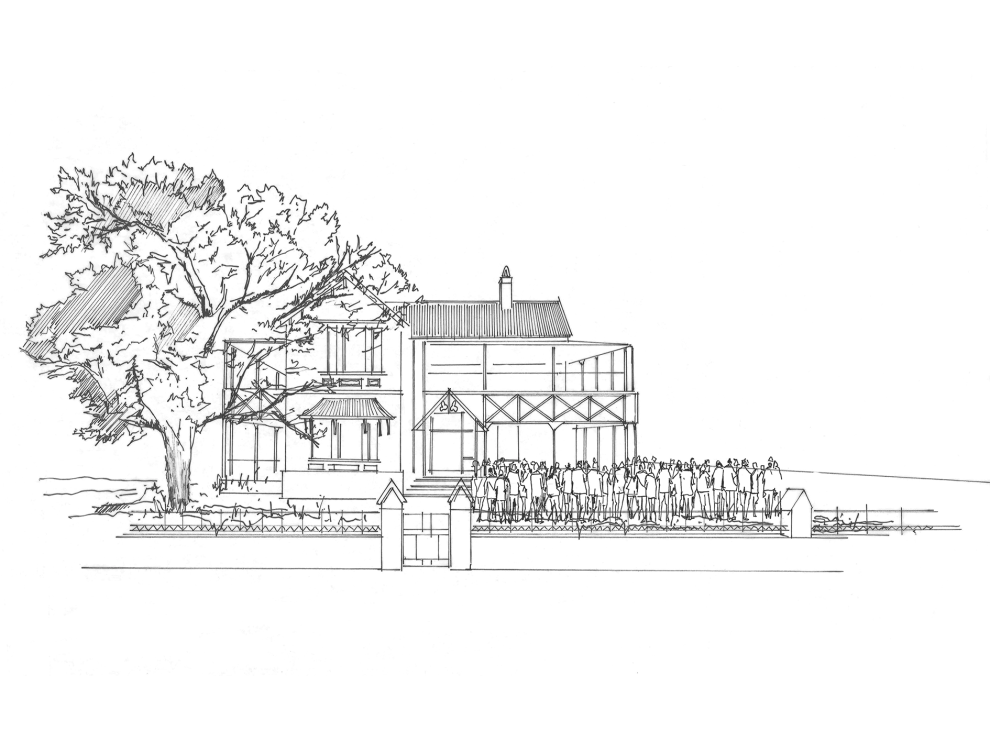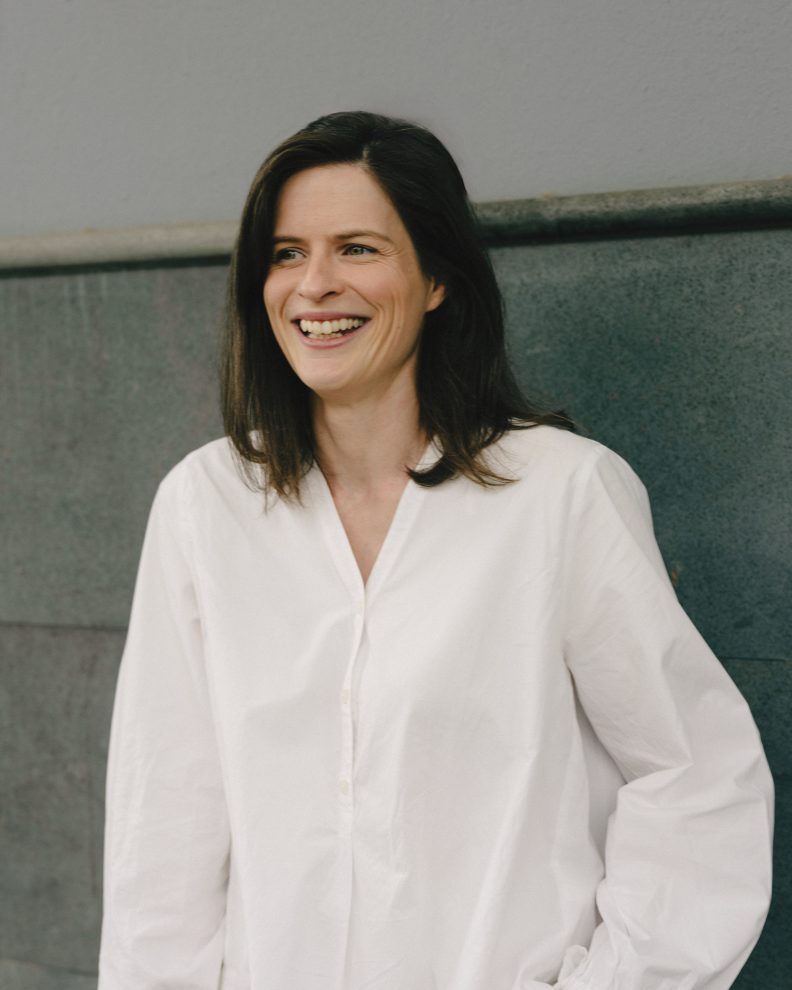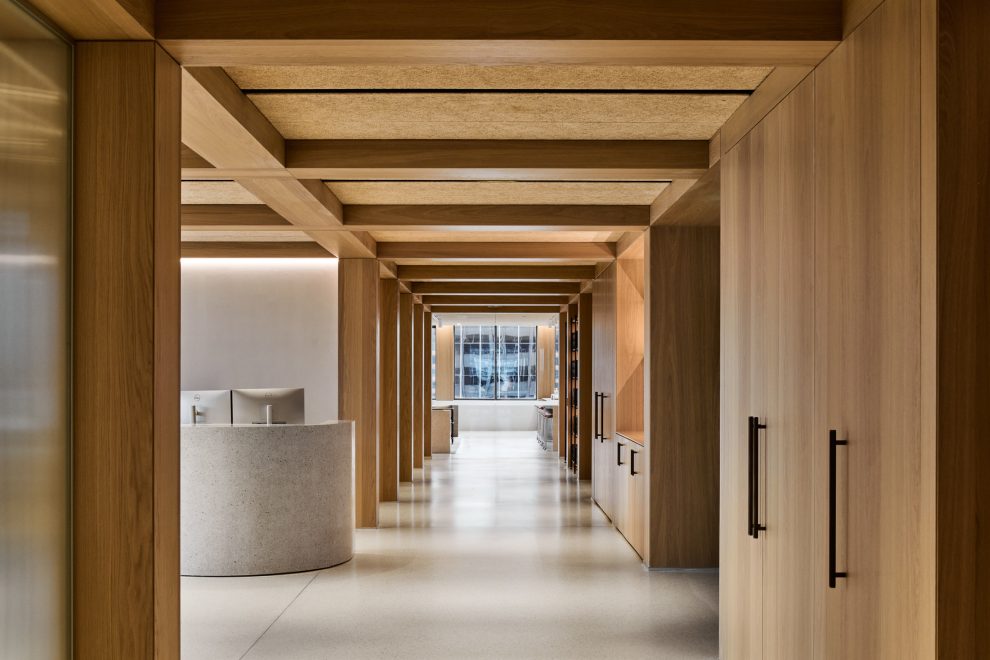
In July last year, we spoke with Senior Architect Mark Graus about the subsections and perspectives of artificial intelligence within the design industry. Aware of the ever-changing nature of AI, we see the potential for its positive impact upon the profession, but also tread carefully to best understand its integration within our projects and processes. Today, we touch base with Mark to learn his insights over the past 12 months, and why we are still at the beginning of this evolving revolution.

Since we last spoke in July last year, what is your relationship like with AI now?
During that time, I was pretty deep in the research component and working to develop an implementation strategy for the studio. Now, seeing the successful integration of AI across various projects is a relief. However, there’s still so much to do.
I have taken on more of an educational role. Due to the complexity and intimidating nature of AI, it’s become more about helping our team best navigate the nuances of both the software and implementing it into our workflow.
What are some of your biggest learnings about AI in the past 12 months?
If I were to use an analogy; it feels like the calm before the storm. I know that sounds ominous but it’s not. What I mean is that AI will certainly impact our industry beyond measure for good, but we aren’t quite there yet!
It’s always useful to look at history. As it was with the internet revolution, early adoption has its advantages. The same is true with AI. And right now, it’s natural and perfectly understandable to have apprehensions and doubts about the adoption of AI in our profession. But we are starting to see firsthand how transformative it can be when it’s correctly integrated into our projects.
With anything new, there are risks like inefficiencies, over-dependence, and privacy concerns, and we keep this all front of mind. But overall, the benefits appear to outweigh the negatives. Our aim right now is to ensure the studio is ready to go when the technology reaches its full potential and provides the most innovative outcome for our clients.
Can you share any surprises about AI that have come your way?
The main thing that continues to surprise me is the unprecedented speed with which AI is growing. There’s been nothing in my entire time as a professional like this. I missed the Building Information Modelling (BIM) revolution, and that occurred over a decent amount of time when compared to AI. In a short period, it’s becoming harder to identify what is AI-generated and reality, which is both exciting and daunting.
What is your approach to sharing AI insights with the team? What’s proven an effective way to communicate it with others?
Open discussions about AI’s opportunities and challenges help build a balanced understanding while fostering a culture of innovation. This is critical, as developing an environment of learning and sharing can enhance awareness to empower team members to contribute to the practice of AI.
However, as I’m sure is the case in other industries, our office faces the short-term challenge of upskilling the team in AI developments that impact the business today.
We have established a cross-sector AI committee responsible for researching, and trialling tools and theories. These members act as ‘specialists’ for the broader office by demonstrating AI tools in action and showing the tangible benefits, which in turn, assists the wider team to appreciate the technology’s potential. We also conduct regular training sessions where team members can experiment with AI tools in a guided environment.
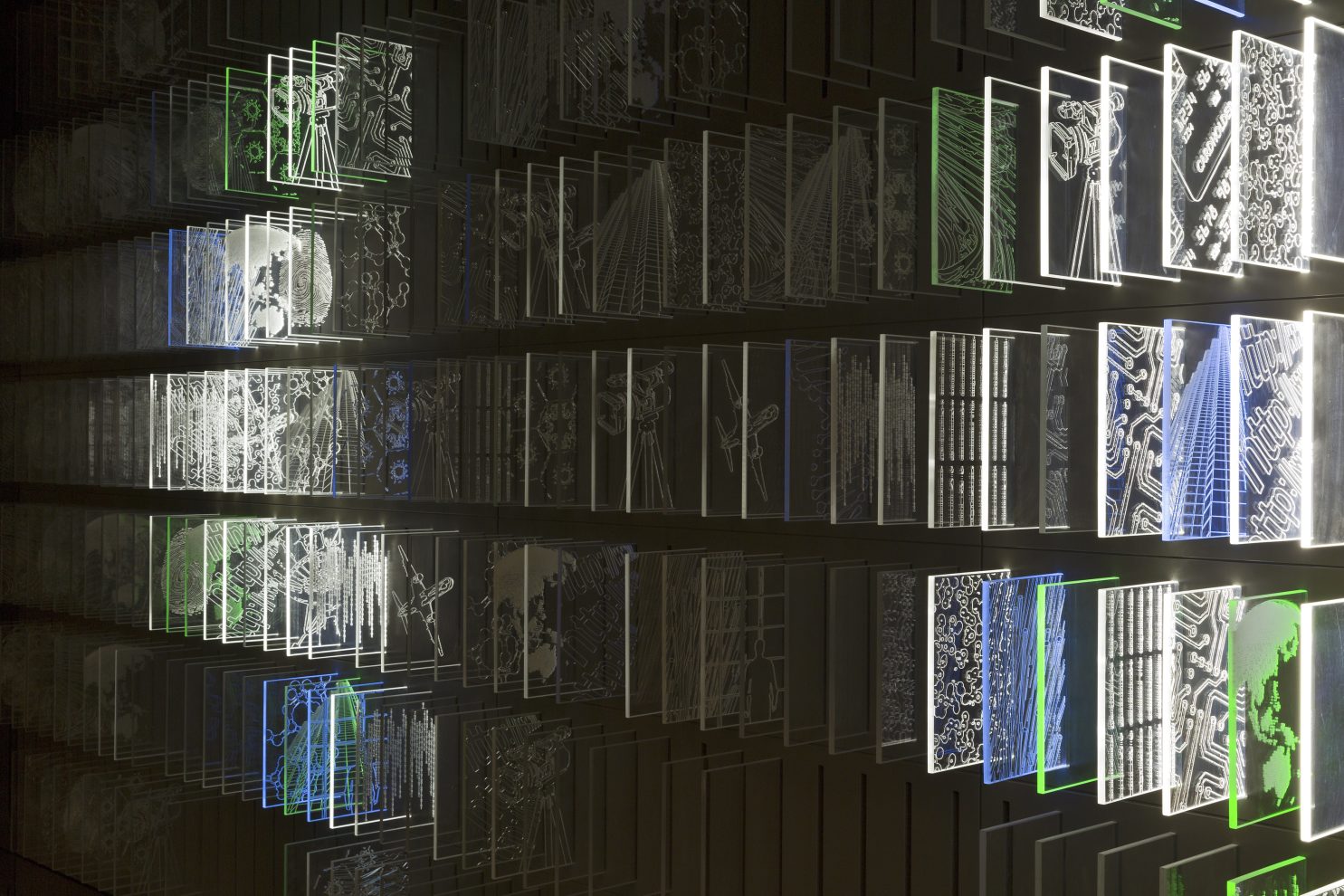
Has Carr formally implemented AI? If so, what projects is it utilised in?
Yes, we strategically nominated four projects across different sectors and scales. This is critical to allow us to get a broad spectrum of data and feedback, which will allow us to ascertain its strengths and weaknesses. Project leads and their teams were nominated, and a workshop was held to assist in developing basic level knowledge. Our approach is cautious and deliberate, ensuring that any AI integration aligns with our core values and enhances our ability to deliver high-quality results for our clients.
How do clients benefit from the implementation of AI?
The advent of AI is changing the way we work by helping us work smarter and aid in delivering excellence for our clients. We discussed pairing AI with ‘soft’ inquiry-related skills such as critical thinking, innovation and creativity to further our understanding of an increasingly complex world, while also allowing us to engage in more abstract questioning and shifting our focus from identification to ideation.
These discussions are ongoing, and we are continually assessing how we work. However, we have identified two distinct but related pathways that our leaders follow to enhance their skills on inquisition skills as they leverage the power of AI.
First, they can utilise technology to alter the frequency and patterns of their questions. AI increases the speed, variety, and novelty of questioning. To use the tools successfully, the user is forced to consider more than what’s ‘face value’ by thinking of composition, lighting, texture, subject matter, and mood.
On the second path, AI has the potential to transform our working environment, prompting the emergence of thought-provoking ‘catalytic’ questions. This can push team members out of their comfort zones and encourage them to be more pensive, promoting innovative thinking and action.
What motivates you to continue learning and testing AI?
Honestly, it’s exciting! I came into this industry once BIM had already established its foothold in the architecture and construction industries in the early noughties, but I got to see and hear firsthand how transformative it was.
Now, with AI, we have the opportunity to be at the forefront of something that will profoundly impact the way we work, and that is a significant motivator for me. My background in architecture and business means I naturally embrace the idea of implementing systems and tools to not only help our business but also create more value for our clients, after all, that’s what matters the most.
Read the first instalment of this AI series.







